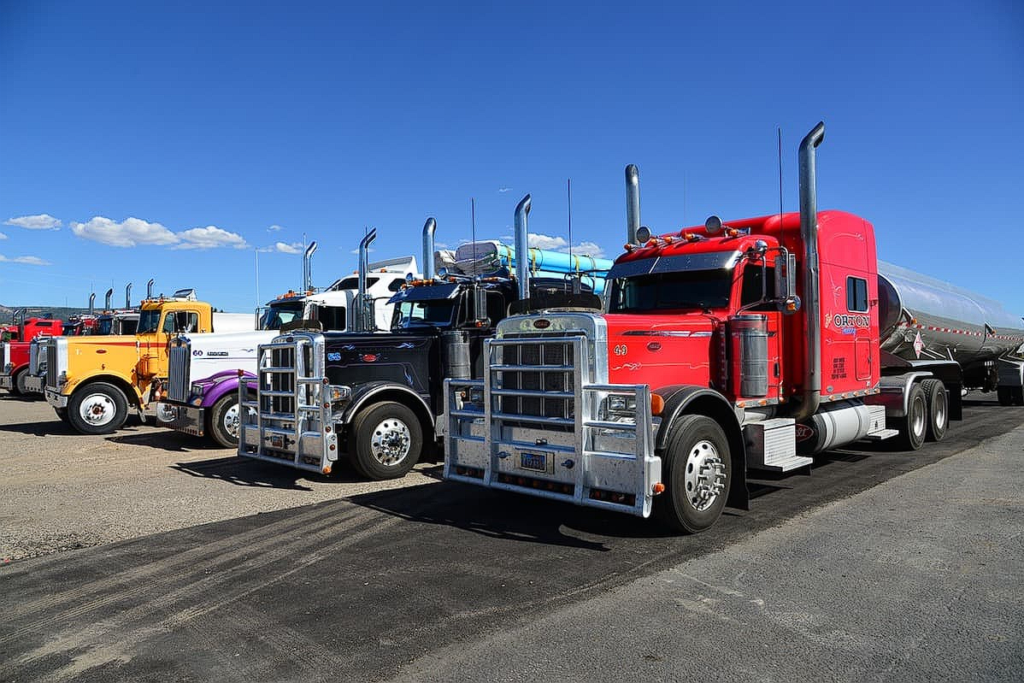In the logistics industry, the efficiency of truck dispatch services plays a pivotal role in ensuring smooth operations. A dispatcher’s ability to handle multiple trucks is a crucial factor that can directly impact delivery timelines, customer satisfaction, and overall productivity. But how many trucks can a dispatcher realistically manage without compromising quality?
The Role of a Dispatcher
A dispatcher’s primary responsibility is to coordinate routes, assign loads, and act as a liaison between drivers and clients. This requires excellent organizational skills, multitasking abilities, and attention to detail. The number of trucks a dispatcher can handle depends on several factors, including:
- Type of freight: managing specialized loads, like refrigerated goods or hazardous materials, requires more attention than standard freight.
- Technology used: advanced dispatch software can streamline processes, allowing dispatchers to manage more trucks efficiently.
- Experience level: experienced dispatchers are typically more adept at juggling multiple tasks, enabling them to oversee a larger fleet.
Ultimately, a dispatcher’s efficiency and effectiveness play a crucial role in ensuring seamless operations and meeting business goals.
Average Fleet Size for Dispatchers
The industry standard suggests that one dispatcher can effectively manage 10 to 30 trucks, depending on workload complexity. Here’s a closer look:
- Small fleets (Up to 10 Trucks): ideal for new or less experienced dispatchers, smaller fleets allow for personalized attention to drivers and clients.
- Medium fleets (10–20 Trucks): with some experience and efficient tools, dispatchers can handle mid-sized fleets, balancing communication and coordination tasks.
- Large fleets (20–30 Trucks): for seasoned dispatchers using advanced technology, managing a large fleet becomes feasible, though it requires a well-structured system.
A dispatcher’s ability to manage a fleet effectively depends on their experience, available tools, and the complexity of the operations they oversee.
Factors That Affect Workload
Several factors influence how many trucks a dispatcher can handle efficiently:
- Route complexity: long-haul routes with multiple stops demand more oversight than straightforward single-destination trips.
- Driver needs: dispatchers who manage drivers with varying levels of experience may need to dedicate more time to support and training.
- Customer demands: high-priority or time-sensitive deliveries increase the workload, requiring additional attention from dispatchers.
Optimizing Dispatcher Efficiency
To maximize efficiency and enable dispatchers to handle more trucks without sacrificing quality, businesses can implement these strategies:
- Leverage Technology: utilize dispatch management software to automate scheduling, tracking, and communication.
- Provide Training: equip dispatchers with the skills and knowledge needed to manage diverse scenarios effectively.
- Maintain clear communication: streamlined communication between dispatchers, drivers, and clients can prevent misunderstandings and reduce delays.
- Monitor workload: regularly assess dispatcher workload to ensure they are not overwhelmed and can maintain high performance.
Combining technology, proper training, clear communication, and workload management enables dispatchers to work efficiently while effectively managing larger fleets.
Conclusion
The number of trucks a dispatcher can handle depends on various factors, including experience, technology, and the complexity of operations. While industry standards suggest a range of 10 to 30 trucks, optimizing workflows and leveraging technology can expand a dispatcher’s capacity. By supporting dispatchers with the right tools and training, businesses can enhance productivity and ensure seamless coordination in their trucking operations.






